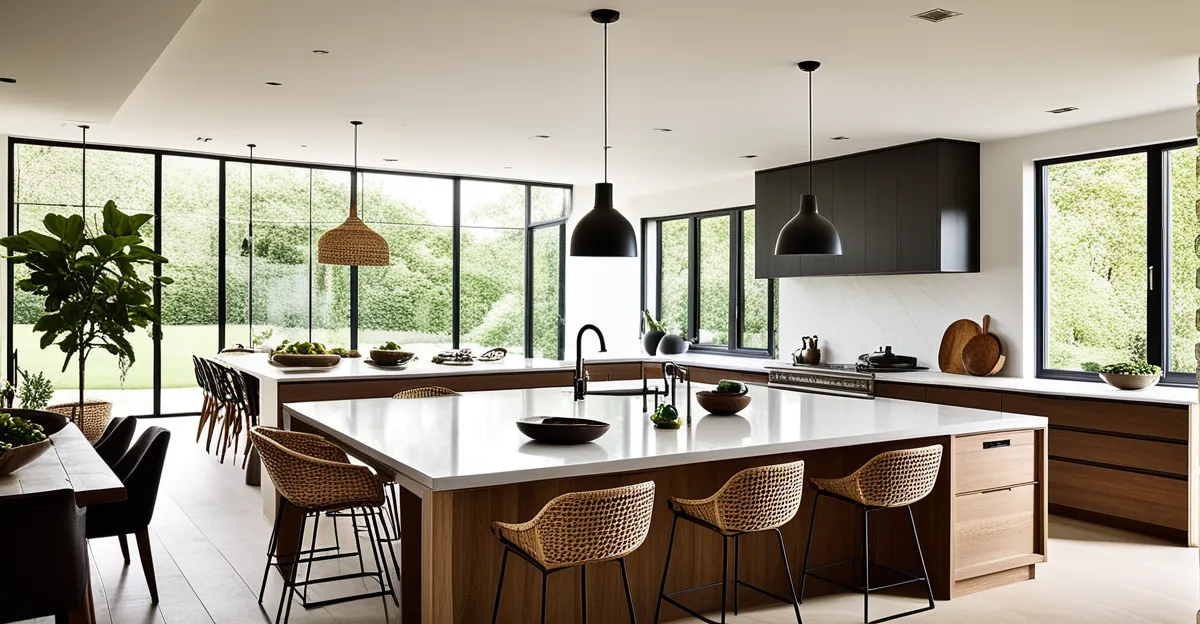Sustainable Materials for Modern Home Aesthetics
Small text: Embracing green design for a stylish yet eco-conscious home.
Choosing sustainable materials for home improvement offers distinct benefits. They reduce environmental impact by using renewable or recycled sources, improve indoor air quality, and often provide long-lasting durability. Homeowners investing in these materials can feel confident their choices support both aesthetics and ecological responsibility.
Additional reading : How Can You Turn Your British Home into a Green Oasis?
Popular eco-friendly materials include bamboo, reclaimed wood, and cork for flooring. These options combine natural beauty with sustainability. For walls and surfaces, recycled glass tiles and clay plasters serve as attractive, green alternatives. Each material adds unique texture and warmth, enriching the home’s overall character.
Adopting green design choices through sustainable materials impacts home aesthetics profoundly. It creates a modern yet organic atmosphere, balancing style with environmental mindfulness. Rather than compromising on looks, eco-friendly options highlight craftsmanship and sustainability, delivering spaces that are both beautiful and conscientious.
Topic to read : How Does Sustainable Design Impact Your Home’s Comfort and Functionality?
Eco-Friendly Furniture and Decor Selections
Small text: Choosing stylish pieces that align with sustainability goals.
Selecting sustainable furniture involves evaluating materials, manufacturing processes, and sourcing. Look for pieces crafted from recycled materials like reclaimed wood or metal, which reduce waste and lower environmental impact. Responsibly sourced wood certified by organizations such as FSC ensures forests are managed sustainably, supporting eco-friendly decor efforts.
Using eco-friendly decor made from upcycled fabrics, natural fibers, or recycled glass adds character while promoting green design values. For example, vintage or refurbished furniture can offer unique style and reduce demand for new resources. Recycled textiles used in cushions or curtains provide an aesthetic upgrade with a smaller carbon footprint.
Brands committed to sustainability often emphasize transparency about sourcing and production methods. Choosing these products supports an eco-conscious market. When selecting sustainable furniture, consider durability and timeless design to minimize frequent replacement. This approach aligns with eco-friendly decor goals and reinforces the principles of green design choices.
Incorporating such furniture and decor enriches spaces by blending environmental responsibility with visual appeal. This integration showcases how style and sustainability can coexist seamlessly in modern homes, creating inviting, conscientious interiors.







